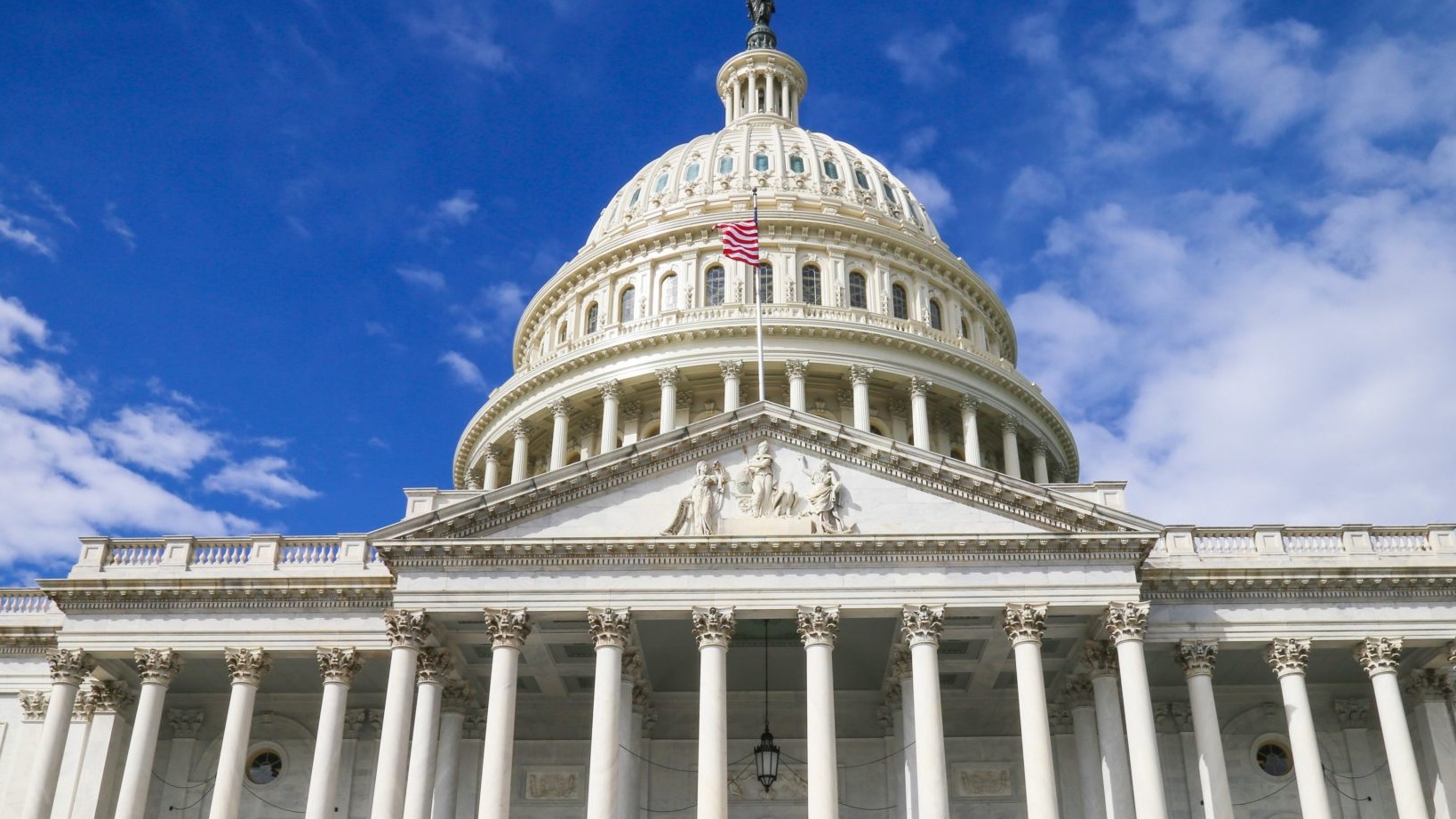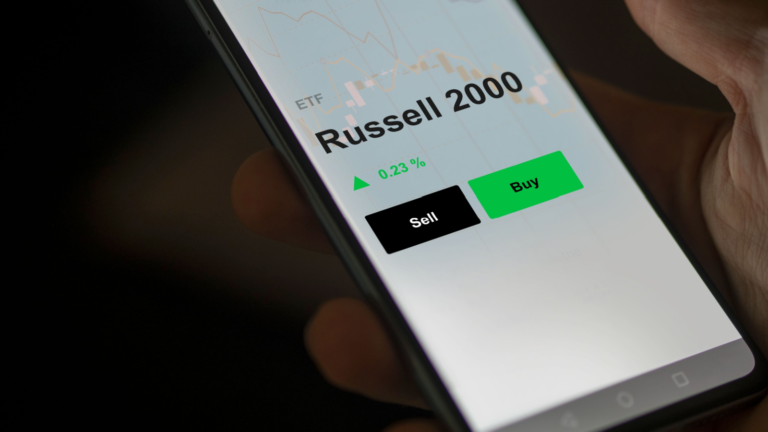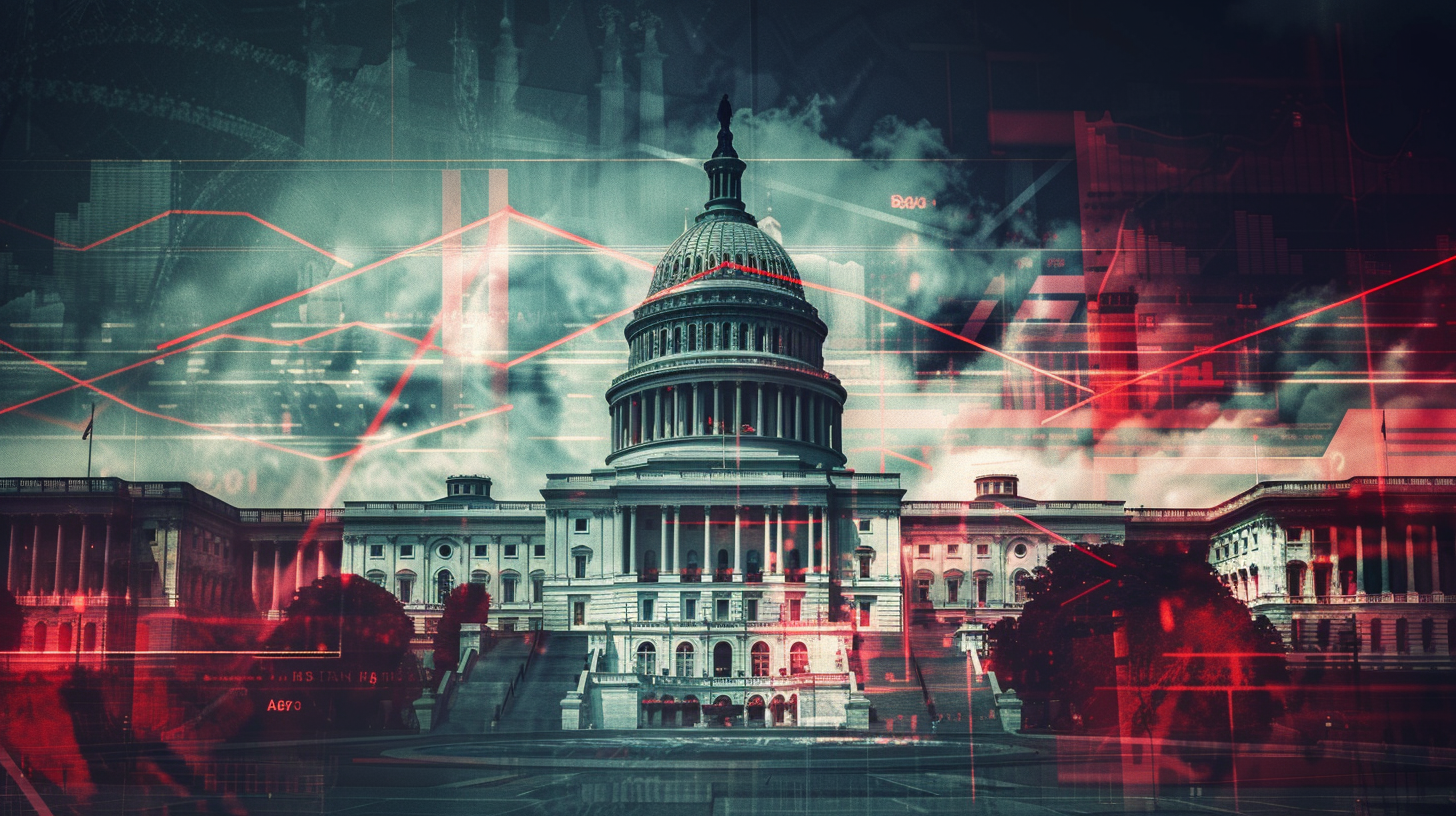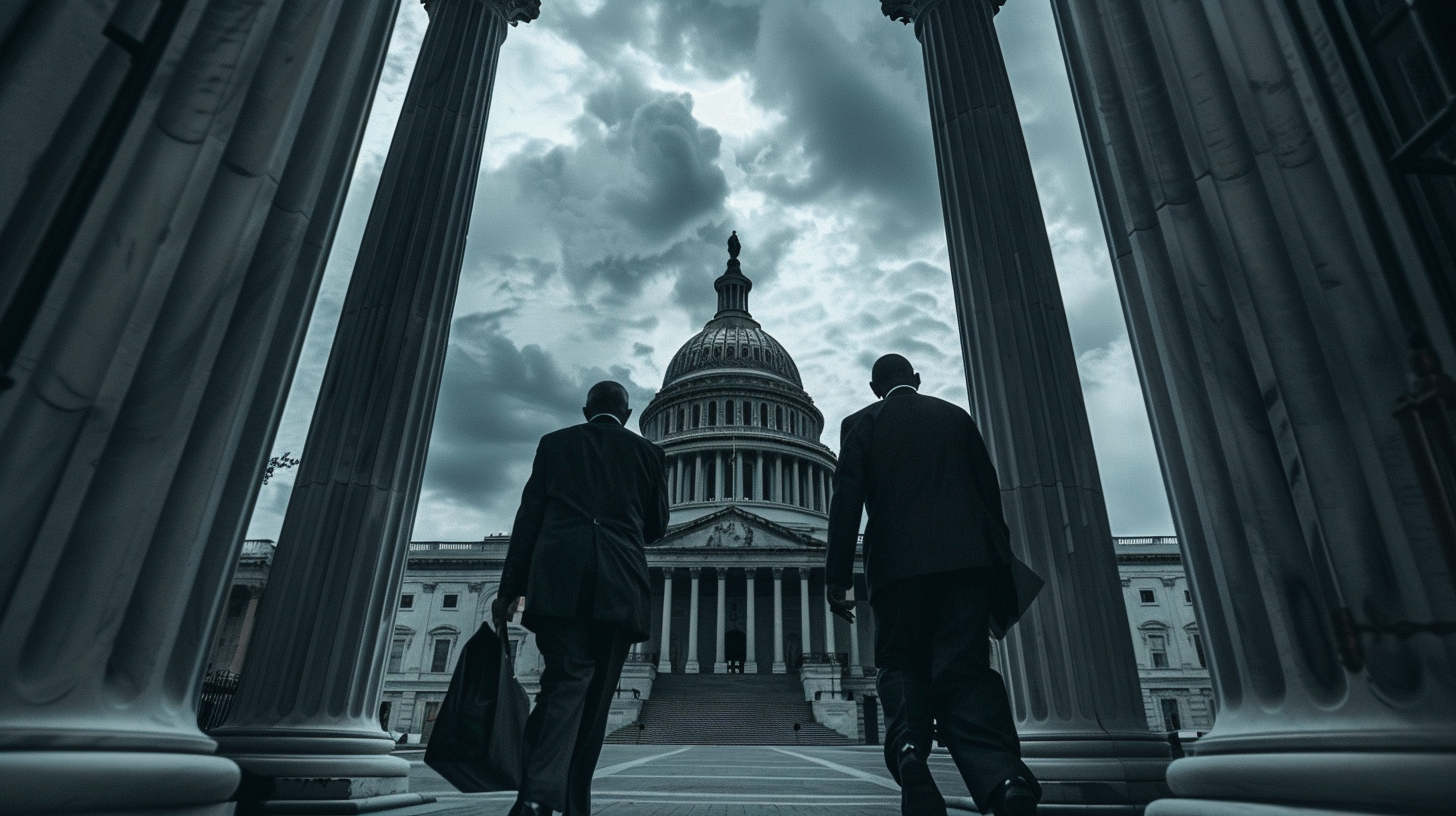| Key Points – Job openings rose to 7.39M in April, defying tariff fears. – Hiring and quits edged up slightly, but remain subdued. – Unemployment rate stayed at 4.2% as labor market holds firm. |
In a surprising development for economic watchers, job openings in the United States increased in April, defying expectations of a slowdown amid escalating trade tensions. According to the latest data from the Bureau of Labor Statistics, open positions climbed to 7.39 million, up from 7.2 million the previous month. This rise marks a significant rebound from March’s near four-year low and comes as the first round of President Trump’s wide-ranging tariffs began to take effect.
Despite concerns that these new trade measures could dampen business confidence and hiring, the April data suggests that the labor market continues to show resilience. Economists had forecasted a decline in job openings to 7.1 million, making the latest figures particularly notable. Although headline numbers remain solid, underlying indicators suggest that the labor market is not without its challenges.
While the number of job openings increased, broader hiring activity showed only modest gains. Employers brought on 5.57 million new hires in April, a slight uptick from the 5.4 million seen in March. The hiring rate inched up to 3.5%, but this remains relatively low by historical standards and reflects ongoing caution among employers.
Worker behavior also points to a more reserved outlook. The quits rate—often seen as a barometer of employee confidence—dipped to 2% from 2.1% in March. This slight decline indicates that fewer workers are willing to voluntarily leave their jobs, a potential signal that many remain uncertain about finding new opportunities in a changing economic environment.
Taken together, these data points suggest that while businesses are still looking to hire, both employers and workers are navigating an atmosphere shaped by uncertainty. Companies may be posting jobs but are hesitant to move aggressively on staffing until there is more clarity on the economic direction, particularly with regard to ongoing trade disputes and tariff implementation.
Despite these headwinds, the broader labor market continues to hold steady. April saw 177,000 new nonfarm payroll additions, and the unemployment rate remained unchanged at 4.2%. These figures indicate that the overall employment landscape remains stable for now, even as underlying dynamics hint at a more cautious economic tone.
Looking forward, analysts expect the May jobs report to show only a slight easing in job growth, with consensus estimates pointing to 130,000 new positions. The unemployment rate is projected to stay flat, reinforcing the view that the labor market, while not accelerating, is also not deteriorating in a meaningful way.
Overall, April’s labor market data paints a picture of a U.S. economy that remains functional but wary. With trade policy still in flux and many businesses unsure about future demand and costs, the job market appears to be holding its ground—for now.












